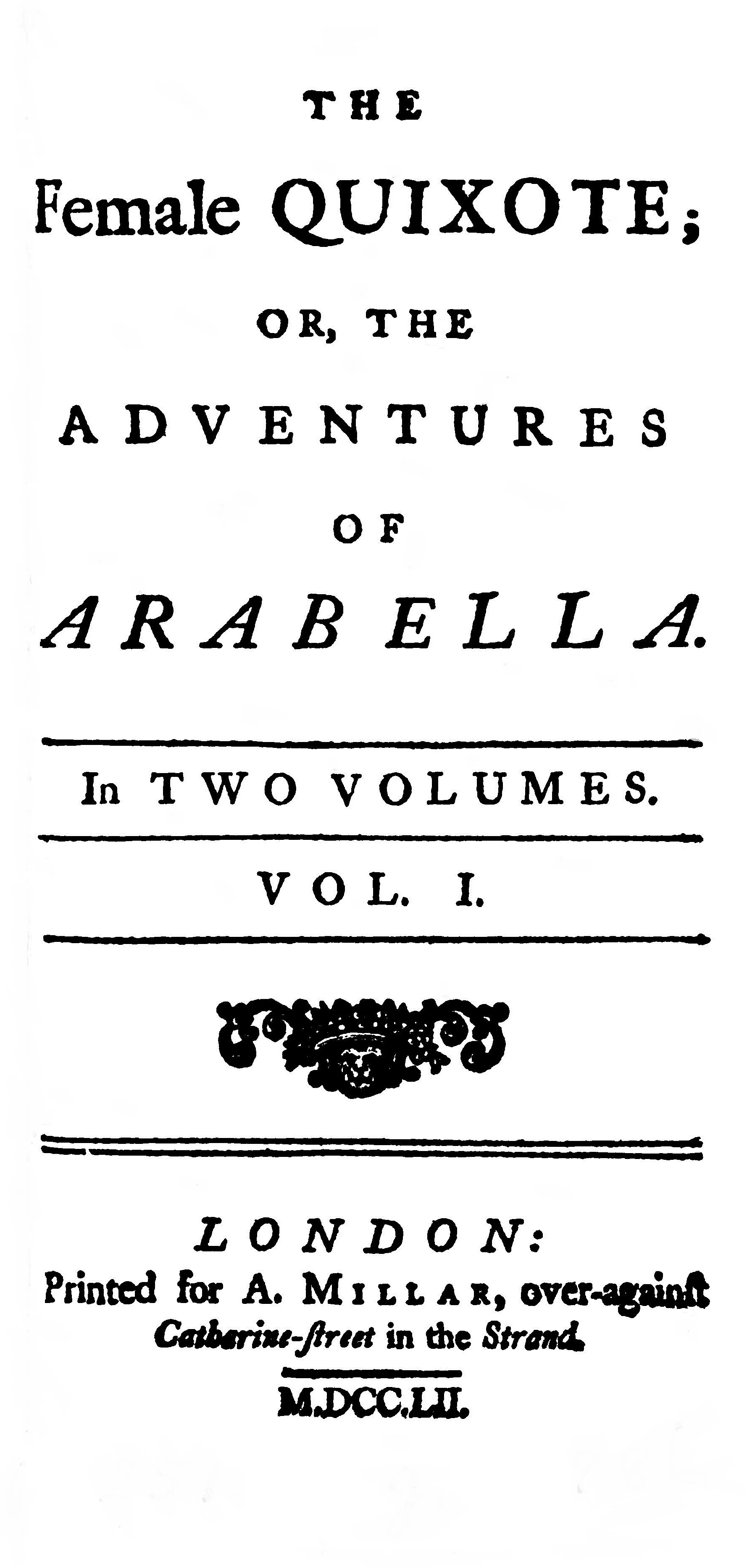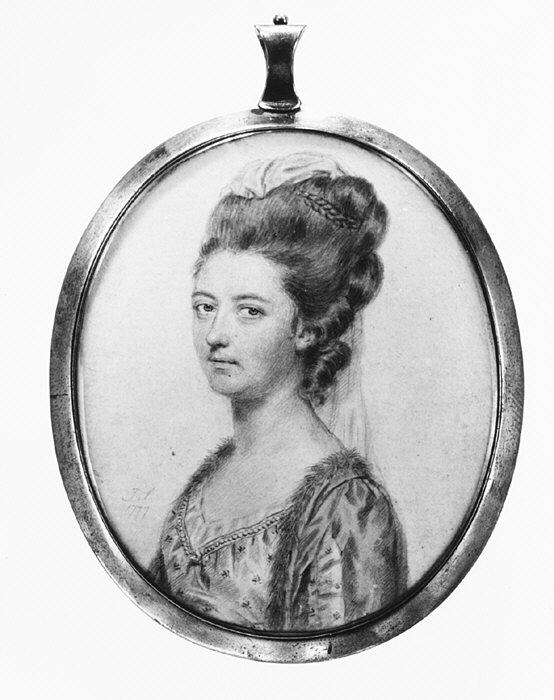|
Gauthier De Costes, Seigneur De La Calprenède
Gauthier de Costes, seigneur de la Calprenède (1609 or 1610 – 1663) was a French novelist and dramatist. He was born at the Château of Tolgou in Salignac-Eyvigues (Dordogne). After studying at Toulouse, he came to Paris and entered the regiment of the guards, becoming in 1650 gentleman-in-ordinary of the royal household. He died in 1663 in consequence of a kick from his horse. La Calprenède wrote several long heroic romances that were later ridiculed by Boileau, and most of them were also referenced in Charlotte Lennox's ''The Female Quixote''. They are: ''Cassandre'' (5 vols., 1642–1650); ''Cléopâtre'' (1648); ''Faramond'' (1661); and ''Les Nouvelles, ou les Divertissements de la princesse Alcidiane'' (1661) published under his wife's name, but generally attributed to him. His ''Le Comte d'Essex'', produced in 1638, supplied some ideas to Thomas Corneille Thomas Corneille (20 August 1625 – 8 December 1709) was a French lexicographer and dramatist. Biography ... [...More Info...] [...Related Items...] OR: [Wikipedia] [Google] [Baidu] |
Novelist
A novelist is an author or writer of novels, though often novelists also write in other genres of both fiction and non-fiction. Some novelists are professional novelists, thus make a living writing novels and other fiction, while others aspire to support themselves in this way or write as an avocation. Most novelists struggle to have their debut novel published, but once published they often continue to be published, although very few become literary celebrities, thus gaining prestige or a considerable income from their work. Description Novelists come from a variety of backgrounds and social classes, and frequently this shapes the content of their works. Public reception of a novelist's work, the literary criticism commenting on it, and the novelists' incorporation of their own experiences into works and characters can lead to the author's personal life and identity being associated with a novel's fictional content. For this reason, the environment within which a novelist works ... [...More Info...] [...Related Items...] OR: [Wikipedia] [Google] [Baidu] |
17th-century Births
The 17th century lasted from January 1, 1601 ( MDCI), to December 31, 1700 ( MDCC). It falls into the early modern period of Europe and in that continent (whose impact on the world was increasing) was characterized by the Baroque cultural movement, the latter part of the Spanish Golden Age, the Dutch Golden Age, the French ''Grand Siècle'' dominated by Louis XIV, the Scientific Revolution, the world's first public company and megacorporation known as the Dutch East India Company, and according to some historians, the General Crisis. From the mid-17th century, European politics were increasingly dominated by the Kingdom of France of Louis XIV, where royal power was solidified domestically in the civil war of the Fronde. The semi-feudal territorial French nobility was weakened and subjugated to the power of an absolute monarchy through the reinvention of the Palace of Versailles from a hunting lodge to a gilded prison, in which a greatly expanded royal court could be more easily k ... [...More Info...] [...Related Items...] OR: [Wikipedia] [Google] [Baidu] |
Deaths By Horse-riding Accident In France
Death is the irreversible cessation of all biological functions that sustain an organism. For organisms with a brain, death can also be defined as the irreversible cessation of functioning of the whole brain, including brainstem, and brain death is sometimes used as a legal definition of death. The remains of a former organism normally begin to decompose shortly after death. Death is an inevitable process that eventually occurs in almost all organisms. Death is generally applied to whole organisms; the similar process seen in individual components of an organism, such as cells or tissues, is necrosis. Something that is not considered an organism, such as a virus, can be physically destroyed but is not said to die. As of the early 21st century, over 150,000 humans die each day, with ageing being by far the most common cause of death. Many cultures and religions have the idea of an afterlife, and also may hold the idea of judgement of good and bad deeds in one's life (heaven, ... [...More Info...] [...Related Items...] OR: [Wikipedia] [Google] [Baidu] |
17th-century French Novelists
The 17th century lasted from January 1, 1601 ( MDCI), to December 31, 1700 ( MDCC). It falls into the early modern period of Europe and in that continent (whose impact on the world was increasing) was characterized by the Baroque cultural movement, the latter part of the Spanish Golden Age, the Dutch Golden Age, the French ''Grand Siècle'' dominated by Louis XIV, the Scientific Revolution, the world's first public company and megacorporation known as the Dutch East India Company, and according to some historians, the General Crisis. From the mid-17th century, European politics were increasingly dominated by the Kingdom of France of Louis XIV, where royal power was solidified domestically in the civil war of the Fronde. The semi-feudal territorial French nobility was weakened and subjugated to the power of an absolute monarchy through the reinvention of the Palace of Versailles from a hunting lodge to a gilded prison, in which a greatly expanded royal court could be more easily k ... [...More Info...] [...Related Items...] OR: [Wikipedia] [Google] [Baidu] |
17th-century French Male Writers
The 17th century lasted from January 1, 1601 ( MDCI), to December 31, 1700 ( MDCC). It falls into the early modern period of Europe and in that continent (whose impact on the world was increasing) was characterized by the Baroque cultural movement, the latter part of the Spanish Golden Age, the Dutch Golden Age, the French ''Grand Siècle'' dominated by Louis XIV, the Scientific Revolution, the world's first public company and megacorporation known as the Dutch East India Company, and according to some historians, the General Crisis. From the mid-17th century, European politics were increasingly dominated by the Kingdom of France of Louis XIV, where royal power was solidified domestically in the civil war of the Fronde. The semi-feudal territorial French nobility was weakened and subjugated to the power of an absolute monarchy through the reinvention of the Palace of Versailles from a hunting lodge to a gilded prison, in which a greatly expanded royal court could be more easily k ... [...More Info...] [...Related Items...] OR: [Wikipedia] [Google] [Baidu] |
17th-century French Dramatists And Playwrights
The 17th century lasted from January 1, 1601 ( MDCI), to December 31, 1700 ( MDCC). It falls into the early modern period of Europe and in that continent (whose impact on the world was increasing) was characterized by the Baroque cultural movement, the latter part of the Spanish Golden Age, the Dutch Golden Age, the French ''Grand Siècle'' dominated by Louis XIV, the Scientific Revolution, the world's first public company and megacorporation known as the Dutch East India Company, and according to some historians, the General Crisis. From the mid-17th century, European politics were increasingly dominated by the Kingdom of France of Louis XIV, where royal power was solidified domestically in the civil war of the Fronde. The semi-feudal territorial French nobility was weakened and subjugated to the power of an absolute monarchy through the reinvention of the Palace of Versailles from a hunting lodge to a gilded prison, in which a greatly expanded royal court could be more easil ... [...More Info...] [...Related Items...] OR: [Wikipedia] [Google] [Baidu] |
People From Dordogne
A person ( : people) is a being that has certain capacities or attributes such as reason, morality, consciousness or self-consciousness, and being a part of a culturally established form of social relations such as kinship, ownership of property, or legal responsibility. The defining features of personhood and, consequently, what makes a person count as a person, differ widely among cultures and contexts. In addition to the question of personhood, of what makes a being count as a person to begin with, there are further questions about personal identity and self: both about what makes any particular person that particular person instead of another, and about what makes a person at one time the same person as they were or will be at another time despite any intervening changes. The plural form "people" is often used to refer to an entire nation or ethnic group (as in "a people"), and this was the original meaning of the word; it subsequently acquired its use as a plural form of per ... [...More Info...] [...Related Items...] OR: [Wikipedia] [Google] [Baidu] |
1663 Deaths
Events January–March * January 10 – The Royal African Company is granted a Royal Charter by Charles II of England. * January 23 – The Treaty of Ghilajharighat is signed in India between representatives of the Mughal Empire and the independent Ahom Kingdom (in what is now the Assam state), with the Mughals ending their occupation of the Ahom capital of Garhgaon, in return for payment by Ahom in silver and gold for costs of the occupation, and King Sutamla of Ahom sending one of his daughters to be part of the harem of Mughal Emperor Aurangzeb. * February 5 - A magnitude 7.3 to 7.9 earthquake hits Canada's Quebec Province. * February 8 – English pirates led by Christopher Myngs and Edward Mansvelt carry out the sack of Campeche in Mexico, looting the town during a two week occupation that ends on February 23. * February 10 – The army of the Kingdom of Siam (now Thailand) captures Chiang Mai from the Kingdom of Burma (now Myanmar), using it ... [...More Info...] [...Related Items...] OR: [Wikipedia] [Google] [Baidu] |
Thomas Corneille
Thomas Corneille (20 August 1625 – 8 December 1709) was a French lexicographer and dramatist. Biography Born in Rouen some nineteen years after his brother Pierre, the "great Corneille", Thomas's skill as a poet seems to have shown itself early. At the age of fifteen he composed a play in Latin which was performed by his fellow-pupils at the Jesuit school in Rouen, the Collège de Bourbon (now the Lycée Pierre Corneille). His first play in the French language, ''Les Engagements du hasard'', was probably first performed at the Hôtel de Bourgogne in 1647, although not published until 1656. ''Le Feint Astrologue'', imitated from the Spanish of Pedro Calderón de la Barca, and itself imitated in Dryden's ''An Evening's Love'', came the following year. After his brother's death, Thomas succeeded his vacant chair in the Académie française. He then turned his attention to philology, producing a new edition of the ''Remarques'' of CF Vaugelas in 1687. His ''Le Dictionnaire d ... [...More Info...] [...Related Items...] OR: [Wikipedia] [Google] [Baidu] |
Dramatist
A playwright or dramatist is a person who writes plays. Etymology The word "play" is from Middle English pleye, from Old English plæġ, pleġa, plæġa ("play, exercise; sport, game; drama, applause"). The word "wright" is an archaic English term for a craftsman or builder (as in a wheelwright or cartwright). The words combine to indicate a person who has "wrought" words, themes, and other elements into a dramatic form—a play. (The homophone with "write" is coincidental.) The first recorded use of the term "playwright" is from 1605, 73 years before the first written record of the term "dramatist". It appears to have been first used in a pejorative sense by Ben Jonson to suggest a mere tradesman fashioning works for the theatre. Jonson uses the word in his Epigram 49, which is thought to refer to John Marston: :''Epigram XLIX — On Playwright'' :PLAYWRIGHT me reads, and still my verses damns, :He says I want the tongue of epigrams ; :I have no salt, no bawdry he doth mea ... [...More Info...] [...Related Items...] OR: [Wikipedia] [Google] [Baidu] |
The Female Quixote
''The Female Quixote; or, The Adventures of Arabella'' is a novel written by Charlotte Lennox imitating and parodying the ideas of Miguel de Cervantes' ''Don Quixote''. Published in 1752, two years after she wrote her first novel, ''The Life of Harriot Stuart'', it was her best-known and most-celebrated work. It was approved by both Henry Fielding and Samuel Richardson, applauded by Samuel Johnson, and used as a model by Jane Austen for ''Northanger Abbey''. It has been called a burlesque, "satirical harlequinade", and a depiction of the real power of females. While some dismissed Arabella as a coquette who simply used romance as a tool, Scott Paul Gordon said that she "exercises immense power without any consciousness of doing so". Norma Clarke has ranked it with ''Clarissa'', '' Tom Jones'' and ''Roderick Random'' as one of the "defining texts in the development of the novel in the eighteenth century". Plot Arabella, the heroine of the novel, was brought up by her widowed fa ... [...More Info...] [...Related Items...] OR: [Wikipedia] [Google] [Baidu] |
Charlotte Lennox
Charlotte Lennox, ''née'' Ramsay (c. 1729 – 4 January 1804), was a Scottish novelist, playwright, poet, translator, essayist, and magazine editor, who has primarily been remembered as the author of ''The Female Quixote'', and for her association with Samuel Johnson, Joshua Reynolds and Samuel Richardson. However, she had a long, productive career in her own right. Life Charlotte Lennox was born in Gibraltar. Her father, James Ramsay of Dalhousie, was a Scottish captain in the British Army, and her mother Catherine, née Tisdall (died 1765), was Scottish and Irish. She was baptised Barbara Charlotte Ramsay. Very little direct information on her pre-public life is available, and biographers have extrapolated from her first novel such elements as seem semi-autobiographical. Charlotte lived for the first ten years her life in England before her father, who was a lieutenant in the guards, moved the family to Albany, New York in 1738, where he was lieutenant-governor. He died in ... [...More Info...] [...Related Items...] OR: [Wikipedia] [Google] [Baidu] |





_1938.jpg)



